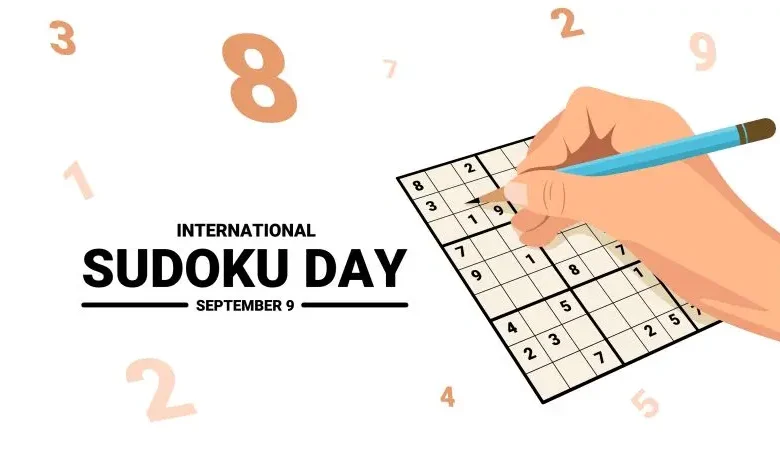International Sudoku Day 2024: who invinted the game?

International Sudoku Day, celebrated annually on September 9th, honors one of the most beloved puzzle games in the world. Sudoku has captured the attention of millions with its blend of logic, patience, and problem-solving.
But while it is now a global phenomenon, its history and origin are less well-known. So, who invented Sudoku, and how did it become such a popular pastime?
Despite its Japanese name, Sudoku’s roots trace back to 18th-century Switzerland. The game is inspired by a concept developed by Leonhard Euler, a Swiss mathematician. Euler created a puzzle called “Latin Squares,” in which numbers were arranged in a grid so that no number appeared more than once in any row or column. This concept is similar to the modern Sudoku puzzle, though Euler’s version did not use the 3×3 sub-grids that define the current format.
The modern version of Sudoku, as we know it today, was created by Howard Garns, an American architect and puzzle designer, in 1979. He called the puzzle “Number Place,” and it was first published in the American magazine Dell Pencil Puzzles and Word Games. Garns’ version included the now-familiar 9×9 grid, with each row, column, and 3×3 sub-grid containing the numbers 1 to 9, and some squares pre-filled as clues.
Garns’ version didn’t initially gain widespread popularity, remaining a niche puzzle primarily in the United States. However, that would change in the next few decades, thanks to Japan.
In 1984, a Japanese puzzle company called Nikoli stumbled upon Garns’ “Number Place” puzzle and began publishing it in their magazines. The company renamed it “Sudoku”, short for “Sūji wa dokushin ni kagiru,” meaning “the digits must remain single.” The simplified name and Nikoli’s widespread influence in Japan made Sudoku a huge hit, with puzzle enthusiasts quickly adopting it.
Nikoli also made a few tweaks to the puzzle’s design, such as limiting the number of pre-filled squares to 30, making the puzzles more challenging and intriguing.
Global Popularity Explosion
Sudoku’s global rise began in 2004, when New Zealander Wayne Gould, a retired judge, created a computer program to generate Sudoku puzzles. He pitched the idea to several newspapers, and soon, the Times of London began publishing Sudoku puzzles daily. From there, the game rapidly spread across the globe, appearing in newspapers, books, and online platforms.
Why Celebrate International Sudoku Day?
International Sudoku Day on September 9th (9/9) is the perfect tribute to the game’s iconic 9×9 grid. Sudoku’s appeal lies in its simplicity and challenge: no math is required, just logic and reasoning. It offers a stimulating way to exercise the brain, making it a favorite for puzzle lovers of all ages.
Whether you’re a seasoned expert or a beginner just getting into the game, Sudoku remains a timeless, brain-boosting activity.










